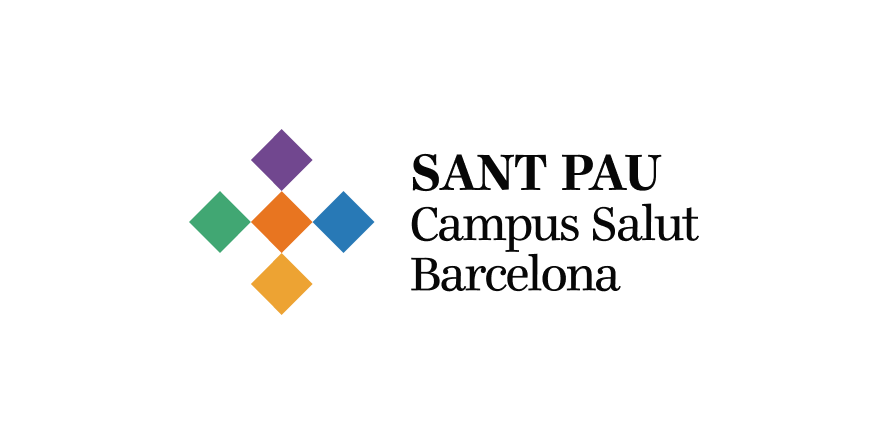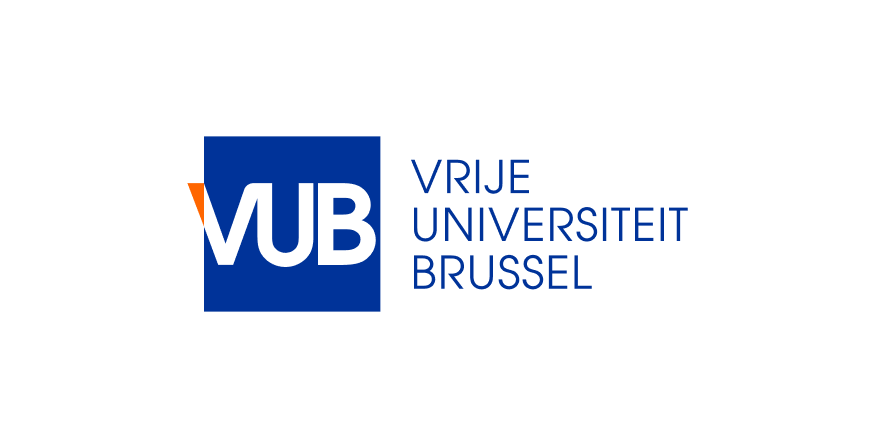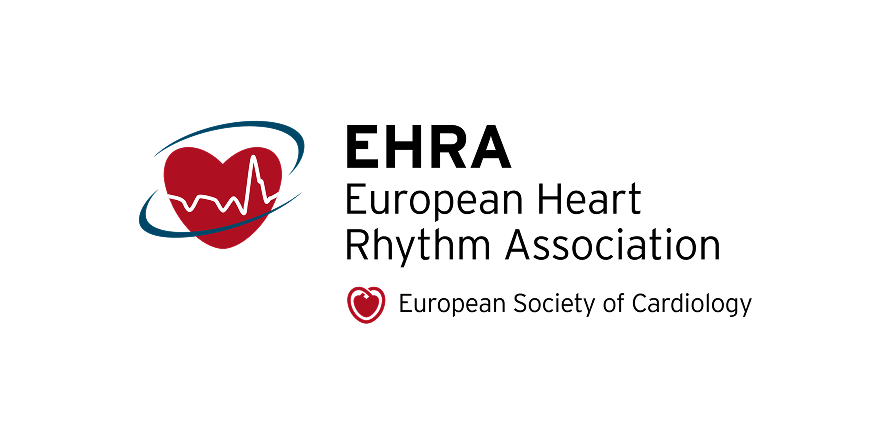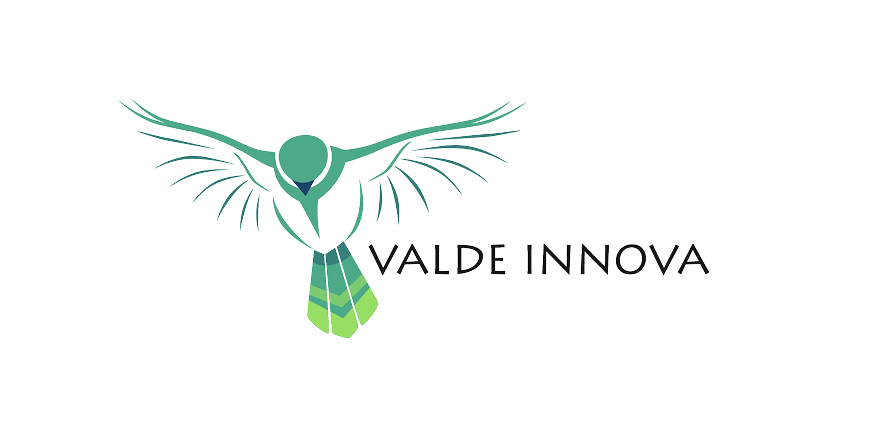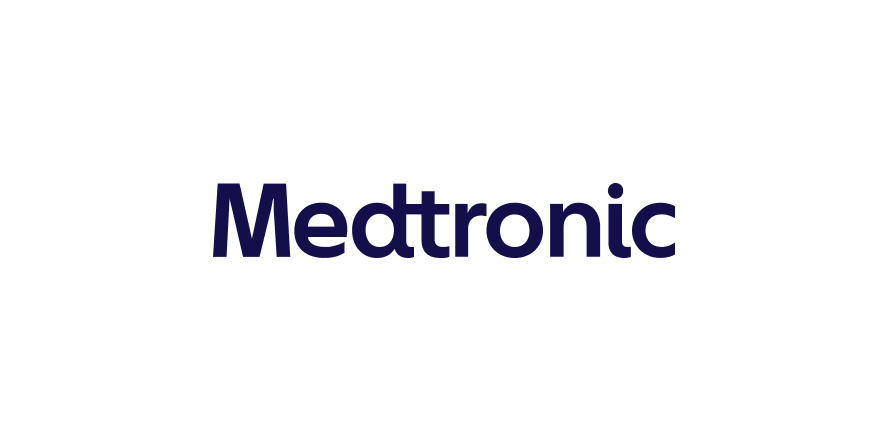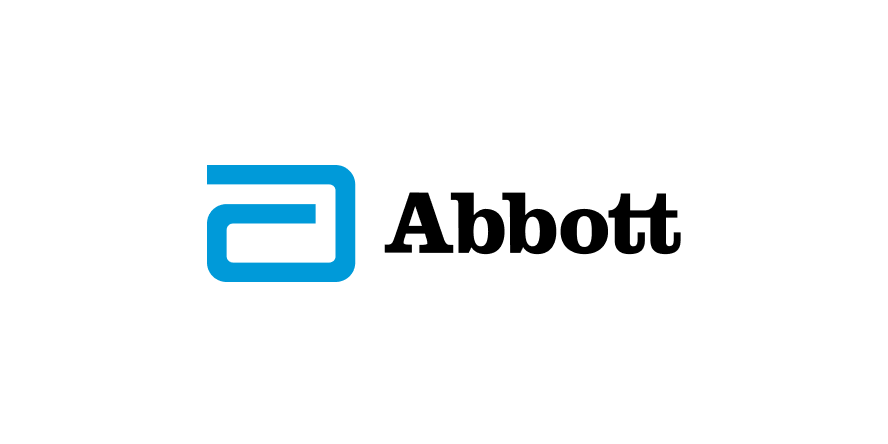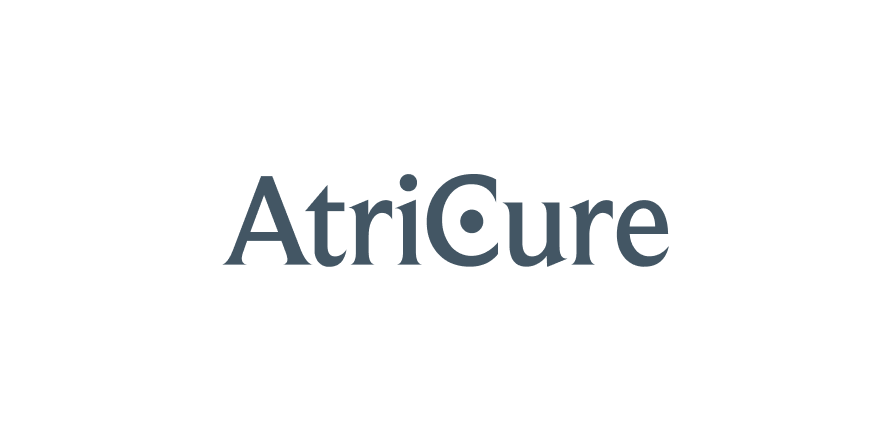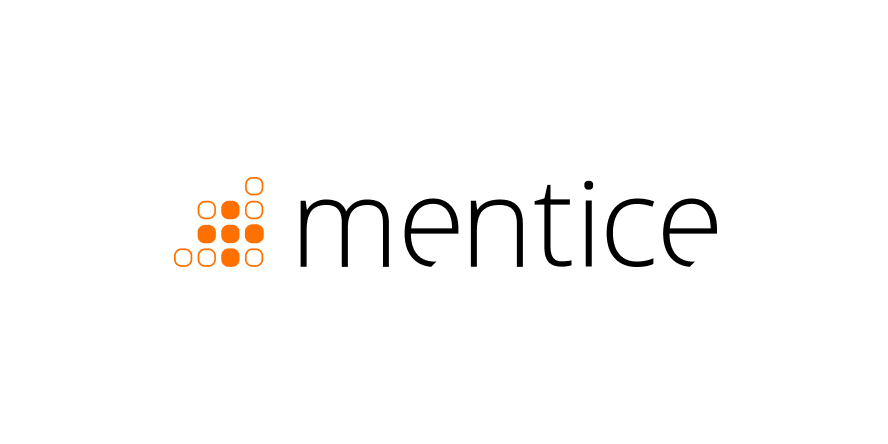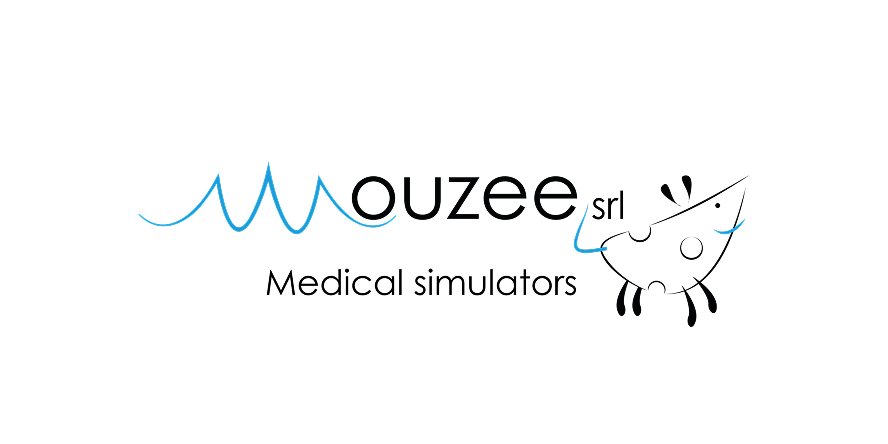ERIS | European Research Institute on Simulation



European Research Institute on Simulation (ERIS): Shaping the Future of Electrophysiology Training
Contact us

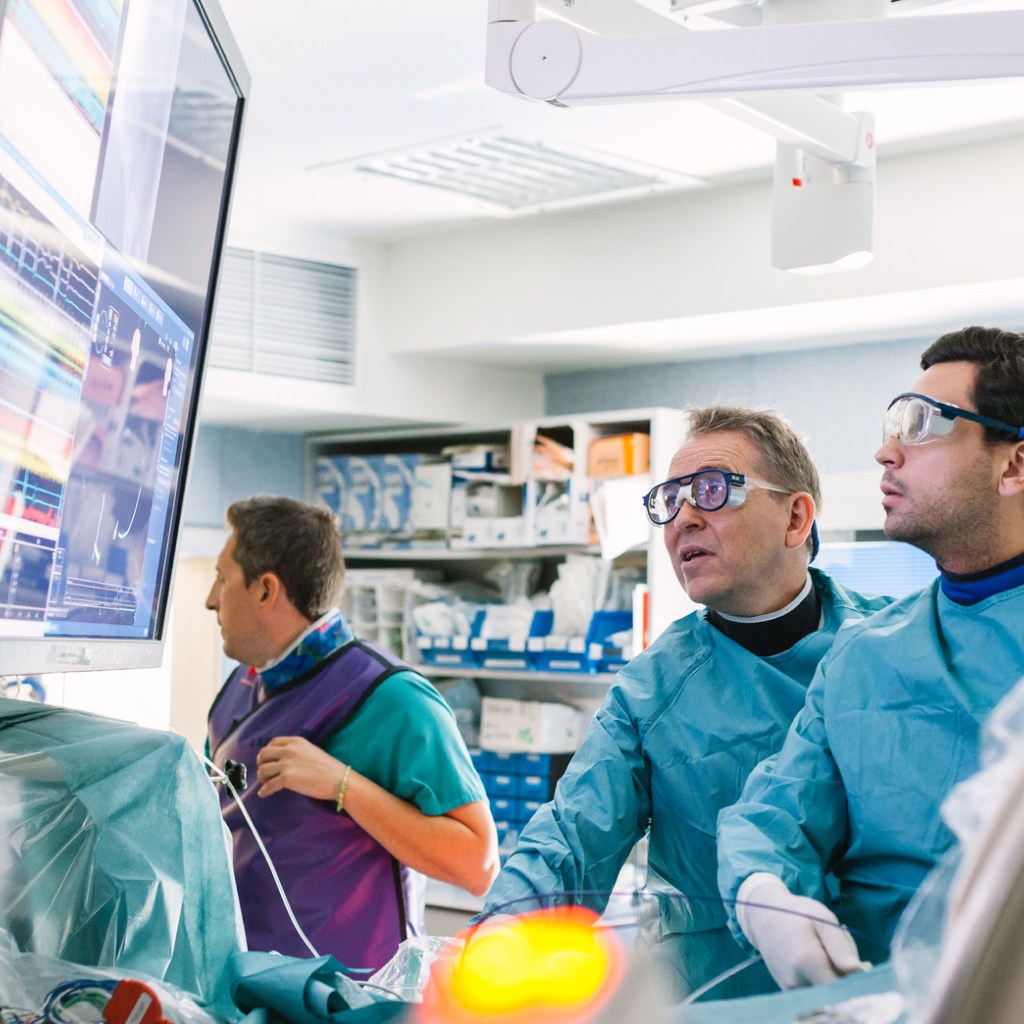
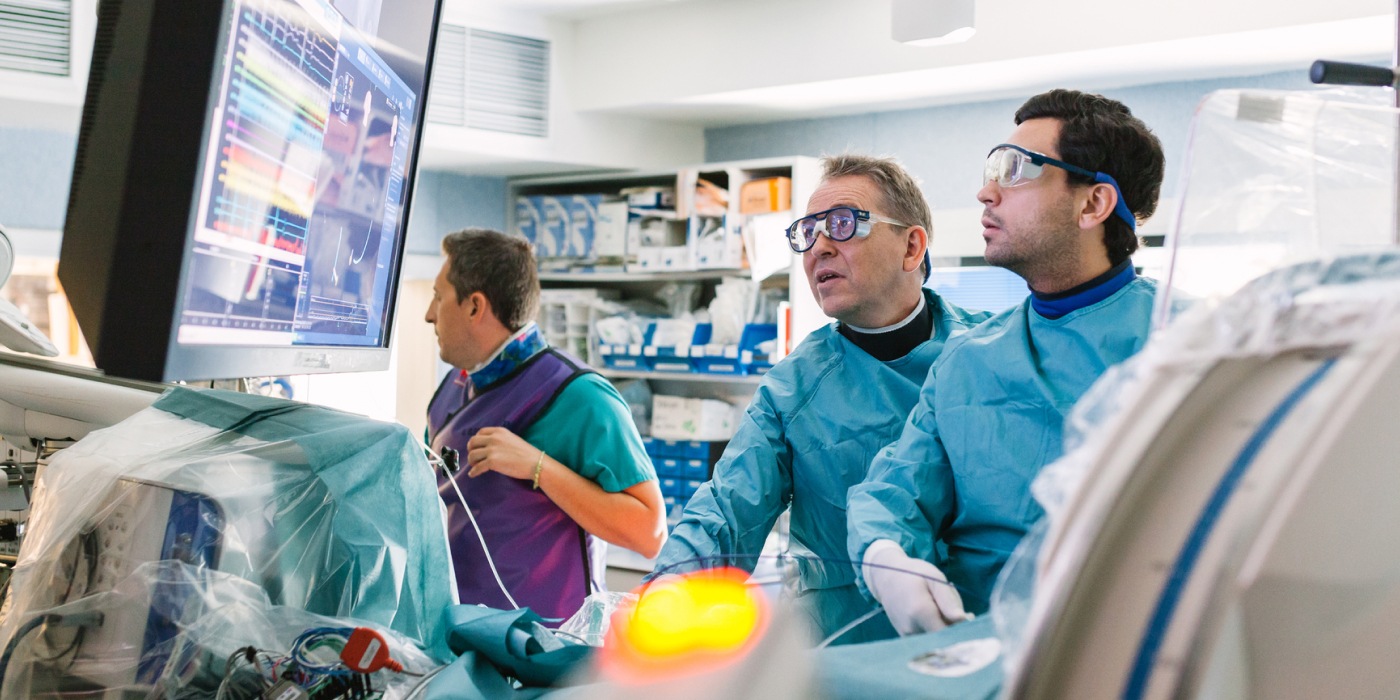
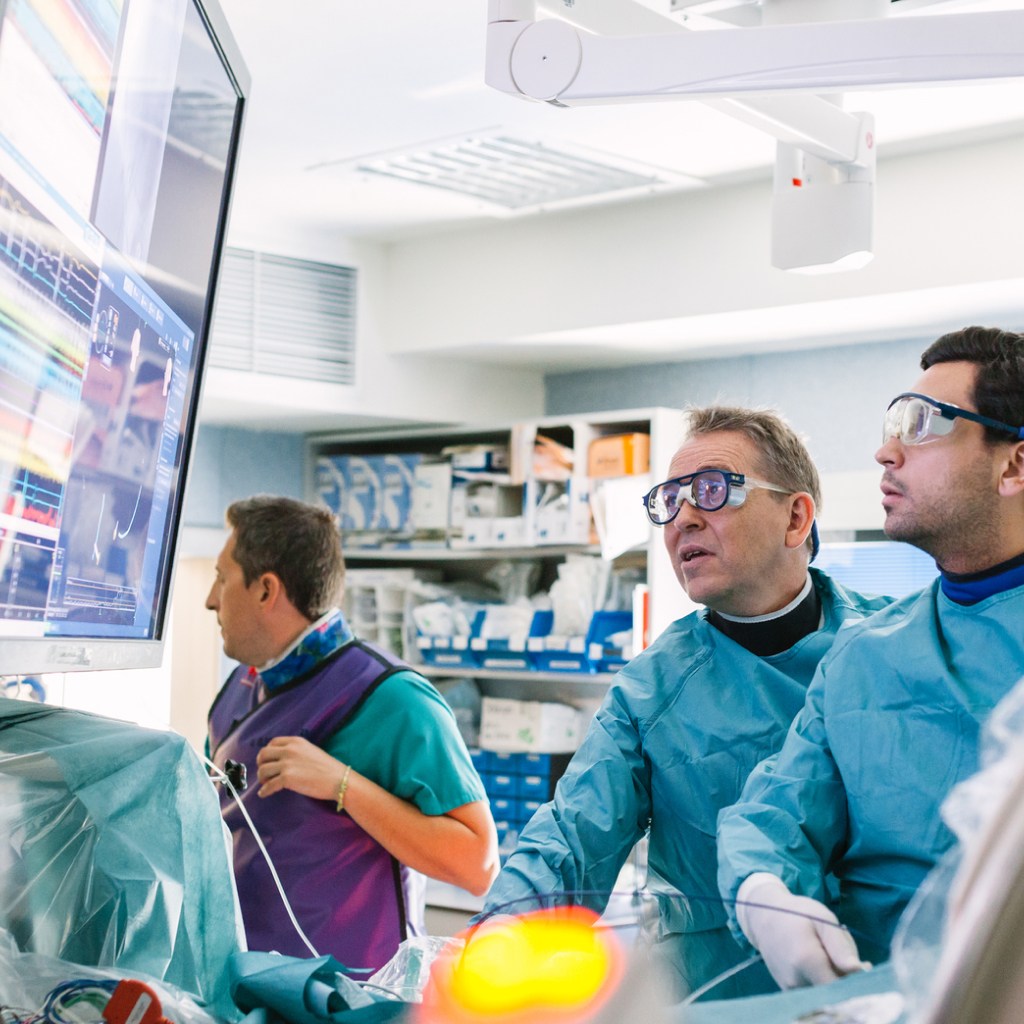
The ERIS Project
Cardiac arrhythmias -such as atrial fibrillation and ventricular tachycardias- are becoming increasingly common across Europe, particularly as the population ages.
Treating these conditions safely and effectively demands highly specialised training for healthcare professionals. Yet today, most training is provided by medical technology companies, which can limit access, objectivity, and academic recognition.
The ERIS project, funded by the European Union, seeks to tackle this challenge by making high-quality training for healthcare professionals more accessible throughout Europe, through the creation of an independent educational institution: the ERIS Institute.
The ERIS Institute is envisioned as an independent, hybrid, and innovative educational and research infrastructure, a collaborative hub uniting universities, hospitals, scientific societies, industry (including MedTech and simulator companies), and patient associations. Its mission is to enhance clinical expertise and performance by providing the highest level of training. This will enable healthcare professionals across Europe to remain up to date with the latest therapies and ensure that the most valuable innovations reach the European population.
To achieve this objective, the ERIS project will develop new educational pathways and academic training programmes in cardiac electrophysiology, combining theoretical knowledge, hands-on laboratory experience, and advanced simulation technologies.
Our mission
Our Goal: Elevating and Standardising Training in Electrophysiology. Our aim is to standardise and elevate the quality of training in electrophysiology, with the potential to scale this model to other medical specialties.
To realise this goal, we will:
- Establish an independent and flexible educational institution that introduces innovative pathways for medical training within a robust and recognised academic framework.
- Foster a supportive community of students and professionals, encouraging shared learning and continuous development.
- Strengthen synergistic connections with society and industry partners -including simulator and MedTech companies- to promote collaboration and innovation.
Together, these efforts will:
- Improve clinical proficiency and performance.
- Enhance patient safety and healthcare outcomes.
- Advance training continuously to meet evolving needs.
- Facilitate collaboration and expand the impact of effective research and development.
Project Goals
Build a European training institute on Simulation
Create a sustainable, inclusive and high-quality European centre dedicated to education in cardiac rhythm disorders, combining academic leadership, clinical excellence, and industrial collaboration.
Co-design a modern and standardised curriculum
Develop a European-wide academic programme integrating simulation-based training, structured learning outcomes, and evidence-based Proficiency-Based Progression (PBP) methodologies.
Train and certify with measurable excellence
Deliver training that is personalised, skills-oriented, and assessed through objective, performance-based metrics to ensure proficiency and safety -not just attendance.
Promote inclusivity and equity in education
Ensure access to training opportunities for professionals from diverse European regions, institutions and backgrounds, with special attention to gender balance and underrepresented countries.
Advance simulation and innovation in medical education
Pilot and evaluate the use of advanced simulation technologies and data-driven educational tools, supported by research and continuous improvement.
Engage stakeholders and maximise impact
Actively involve hospitals, industry, academia, patients and health authorities throughout the process, while ensuring wide communication, replication, and sustainability of the model beyond the project lifecycle.
The ERIS Network
A Collaborative Alliance of European Leading Institutions in Electrophysiology Training.
